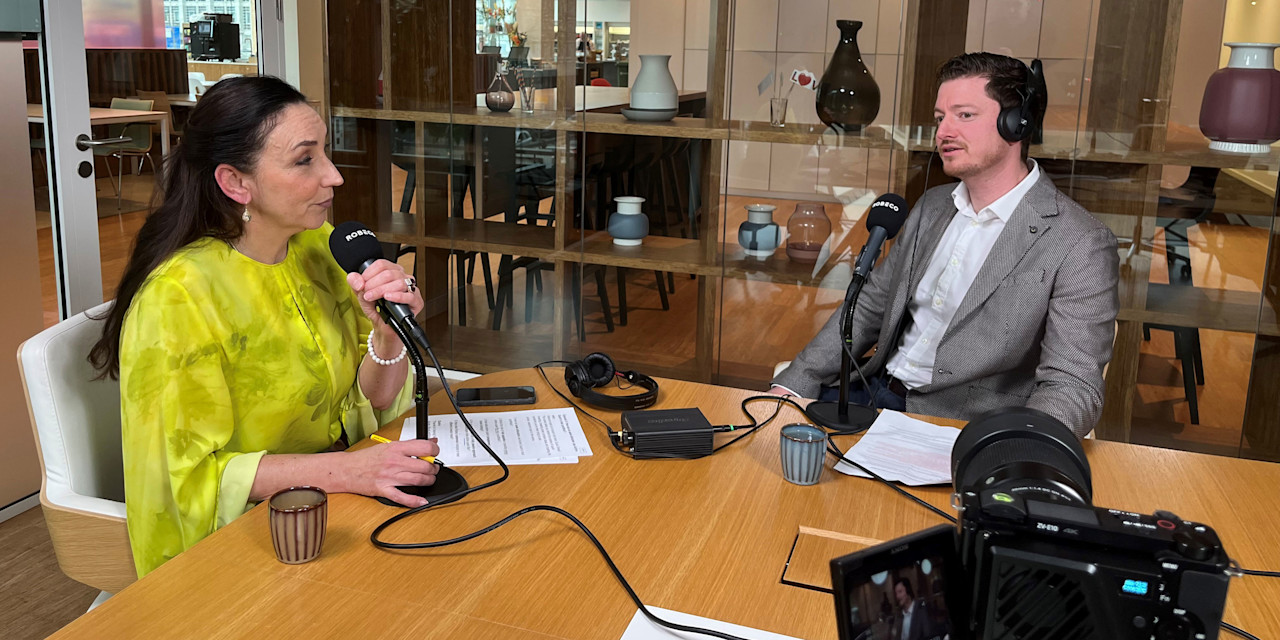

Fama-French 5-factor model: Why more is not always better
Fama and French expanded their well-known three-factor model by adding two new factors—investment and profitability—creating the Fama-French 5-factor model. But does this new model offer better stock return predictions or simply add complexity?
Summary
- Adding two factors to the Fama-French 3-factor model has drawbacks
- Fama-French 5-factor model still ignores momentum and low volatility
- Addition of two quality factors premature
- Opinions on main implications are divided
Three Robeco experts on empirical asset pricing share their views on the Fama-French 5-factor model. While they acknowledge the significant contributions that Fama and French have made to asset pricing literature, they take a critical view of this expanded model.
Nobel laureates Eugene Fama and Kenneth French expanded their original 3-factor model in 20151 by adding two new factors: investment and profitability. The Fama-French 3-factor model, introduced in 19932, explained stock returns through three main factors: market risk, size and value.
Size effect: Stocks with smaller market capitalizations tend to earn higher returns than large-cap stocks, based on historical data.
Value effect: Stocks with low price-to-book ratios generally outperform those with high price-to-book ratios.
In their updated 5-factor model, Fama and French added:
Profitability factor: Stocks with high operating profitability tend to outperform.
Investment factor: Stocks from companies with high total asset growth tend to deliver below-average returns.
These two new factors are often referred to as quality factors in investing.

Active Quant: finding alpha with confidence
Blending data-driven insights, risk control and quant expertise to pursue reliable returns.
Criticisms of the Fama-French 5-factor model
We asked three Robeco experts, who recently published a research article on this topic in the Journal of Portfolio Management3, what they think of this new model. Pim van Vliet, Head of Conservative Equities and Chief Quant Strategist, David Blitz, Chief Researcher, and Matthias Hanauer, Researcher, discuss the implications.
Drawbacks of adding more factors
Pim van Vliet sees the addition of two more quality factors as a big change from the old model. ”If you exclude market risk, the new model effectively doubles the number of factors to four. All these factors interact, which makes it more difficult to summarize the cross section of stock returns.”
David Blitz is also critical about the way the empirical research is approached. “This approach can even be considered as a form of tautology, because they use five factors to explain the returns of those same five factors.”
“The two new factors (profitability and investment) are thus used to explain their own performance. I would prefer it if they showed that just a handful of factors can be used to explain the performance of the numerous factors found in the literature. They do this in the follow up paper, but it should form the basis for their study.”
The paper does fill a gap in the literature
Momentum and low volatility ignored
Van Vliet is more surprised by the factors they did not include. “The new model still ignores momentum, while this factor is widely accepted within academia and has been around for 20 years.”
They also omitted the low volatility factor, although for Blitz this is not such a big surprise. “There is a practical reason for excluding it, because it is not easy to combine with the market risk factor in the three factor model,” he says. “The market factor, which is similar to the beta factor of the capital asset pricing model, still assumes higher returns for higher risk, while a low-volatility factor would assume the opposite. An alternative approach would be to scrap the market factor altogether, but they did not choose this more radical step.”
Premature addition of quality factors
Blitz argues that Fama and French have been too quick to add the two factors. “The two new factors they have added are relatively recent discoveries and the research of these factors in different markets and time periods is still limited.”
Matthias Hanauer says a different definition of two factors related to quality might be more appropriate. “They have added the two factors but it is unclear why they have chosen these precise definitions, “he says. “In my opinion, the definition of gross profitability given by Robert Novy-Marx4 would have been a natural choice.”
Adding two factors is a big step, but in some way it is only a modest step, thinks Blitz. “In the AQR paper, ‘quality minus junk’, twenty underlying quality variables are used, only two of which are selected by Fama and French. Why select two instead of twenty? Why select those two particular variables? A lot of questions remain unanswered.” Don’t get me wrong, he adds. “I am not against these two extra variables, but why have they given them a special status by putting them in a model, while a range of other variables are available?”
According to Hanauer, the two quality factors contradict earlier findings by Fama and French. “In their 2008 paper, Dissecting Anomalies,5 they stated that the asset growth and profitability anomalies are less robust. However, in their 5-factor model they use exactly this same asset growth variable in their investment factor.
Opinions divided on main implications
The three experts are divided on what the main implications of the 5-factor model will be. Blitz suggests that Fama and French may have distanced themselves from their previously steadfast belief in efficient markets, where the relation between risk and return is linear and positive.
“The three factor model still fitted this belief, because they saw size and value as risk factors, just like market risk in the capital asset pricing model. But now they don’t even bother to explain how the two new quality factors fit into their old framework, or whether there are behavioral explanations for these factors.”
Hanauer does see a bright side to the new model. “Despite all the criticism, the paper does fill a gap in the literature on these two quality factors.” Van Vliet says that Fama and French did a great job with their original 1993 model in reducing the number of factors that were proposed in various different papers in the 1980s. “And now they added two more. These additional factors will give quite some food for thought the coming years.”5
And for more information, read our related insights:
Footnotes
[1] Fama, E., and K. French. “A Five-Factor Asset Pricing Model.” Journal of Financial Economics, 116 (2015), pp. 1-22.
[2] Fama, E., and K. French. “Common Risk Factors in the Returns on Stocks and Bonds.” Journal of Financial Economics, 33 (1993), pp. 3 à 56.
[3] https://www.pm-research.com/content/iijpormgmt/44/4/71
[4] Novy-Marx, R. “The Other Side of Value: The Gross Profitability Premium.” Journal of Financial Economics 108(1), 2013, 1-28
[5] Fama, E., and K. French. “Dissecting Anomalies.” Journal of Finance, (August 2008), pp. 1653-1678. Working Paper (June 2007) available at SSRN
Discover the value of quant
Subscribe for cutting-edge quant strategies and insights.
Important information
This information is for informational purposes only and should not be construed as an offer to sell or an invitation to buy any securities or products, nor as investment advice or recommendation. The contents of this document have not been reviewed by the Monetary Authority of Singapore (“MAS”). Robeco Singapore Private Limited holds a capital markets services license for fund management issued by the MAS and is subject to certain clientele restrictions under such license. An investment will involve a high degree of risk, and you should consider carefully whether an investment is suitable for you.




























